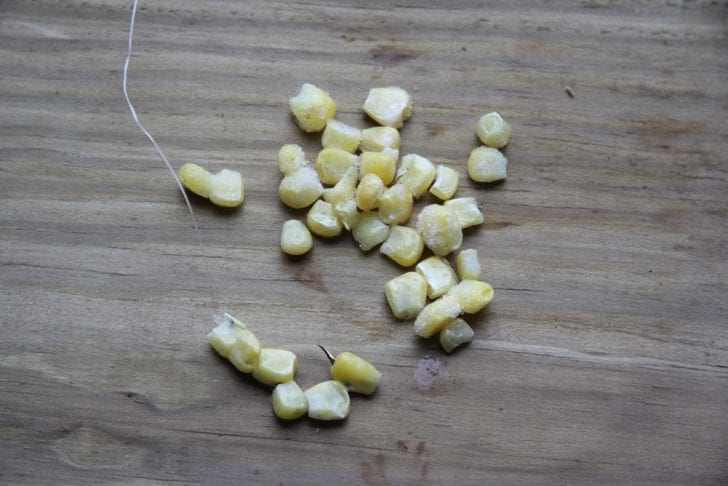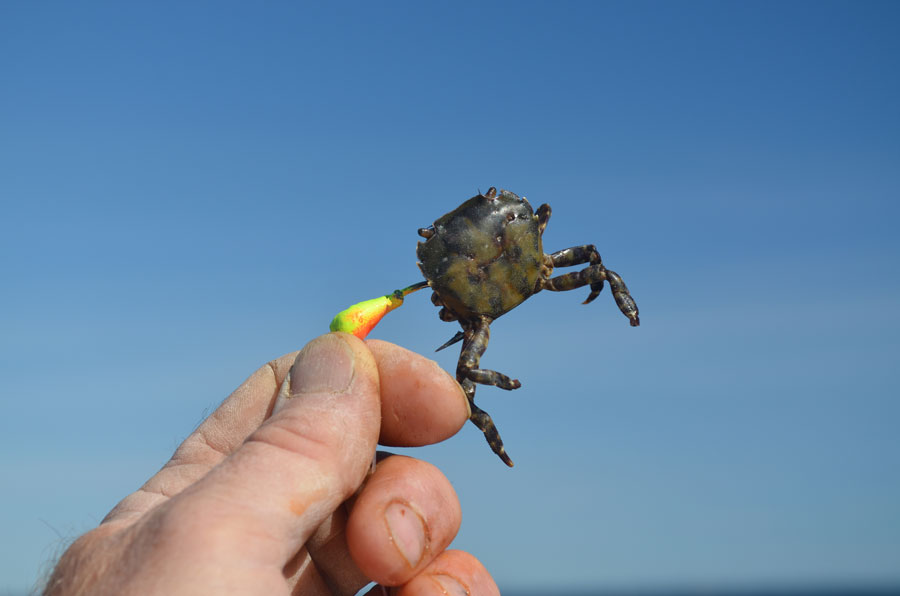
If you honestly believe there is only one way to fish a particular bait or tempt a certain species, you will come out second best. Bait fishing tends to breed a passive attitude, because most anglers believe they only have to get a bait in the water and then wait for the results that are sure to come. In fact, many insist that you don’t even have to hold the rod. You can put it in a gunwale rod holder aboard a boat, shove it in a sand spike, or rest it against a forked stick.
The serious bait fisherman is aggressive, relying on concentration and attention to details. Catching fish demands work whether you choose to present an artificial lure or slip a natural bait into the water. Successful anglers vary their technique constantly, rarely remaining glued to a single method.
To catch fish on bait, the key lies in getting your offering where your quarry can hear it, smell it or see it. The most appetizing morsel in the world won’t do a bit of good if a fish cannot detect its presence. Fish feed either by probing for food or waiting in one spot where the food will come to them. Being creatures of habit, fish expect things to happen in a certain way. The more you know about the species you seek and the way it feeds, the easier it is to choose the right bait and present it effectively.
The place to start is with the most common bait your target species feeds on at that time of year. If you don’t know the answer, any tackle shop or marina manager can tell you. Whenever possible, you should arm yourself with at least two or three additional types of bait. You want the freshest bait available, and it is important to change it frequently so that it gives off a strong smell. When you’re fishing live bait, you should change it even more frequently. You can put the bait you’re fishing back in the livewell to regain its strength and use it again later.

Once you select the bait, presentation becomes the other key ingredient. With live bait, many times you want it to swim and thrash at or near the surface. To do this, place the hook either in the lips of the bait or in front of the dorsal fin. Be sure to use a small enough hook so the bait can move about easily. You don’t need oversized hooks to catch big fish. If you want a live bait to swim toward the bottom, the hook should be placed behind the dorsal fin.
The basic rule of bottom fishing is to use the lightest sinker that will take your bait to the bottom. Lighter sinkers allow the bait a more natural action and help to probe the bottom rather than anchoring the bait in one spot. Once the sinker begins to rise off the bottom, it’s time to reel in and drop the bait again. Keeping the bait on the bottom is critical to catching fish that live in the depths.
There’s an important difference between waiting for something to happen and making it happen. The successful bait fisherman works continuously to make something happen.